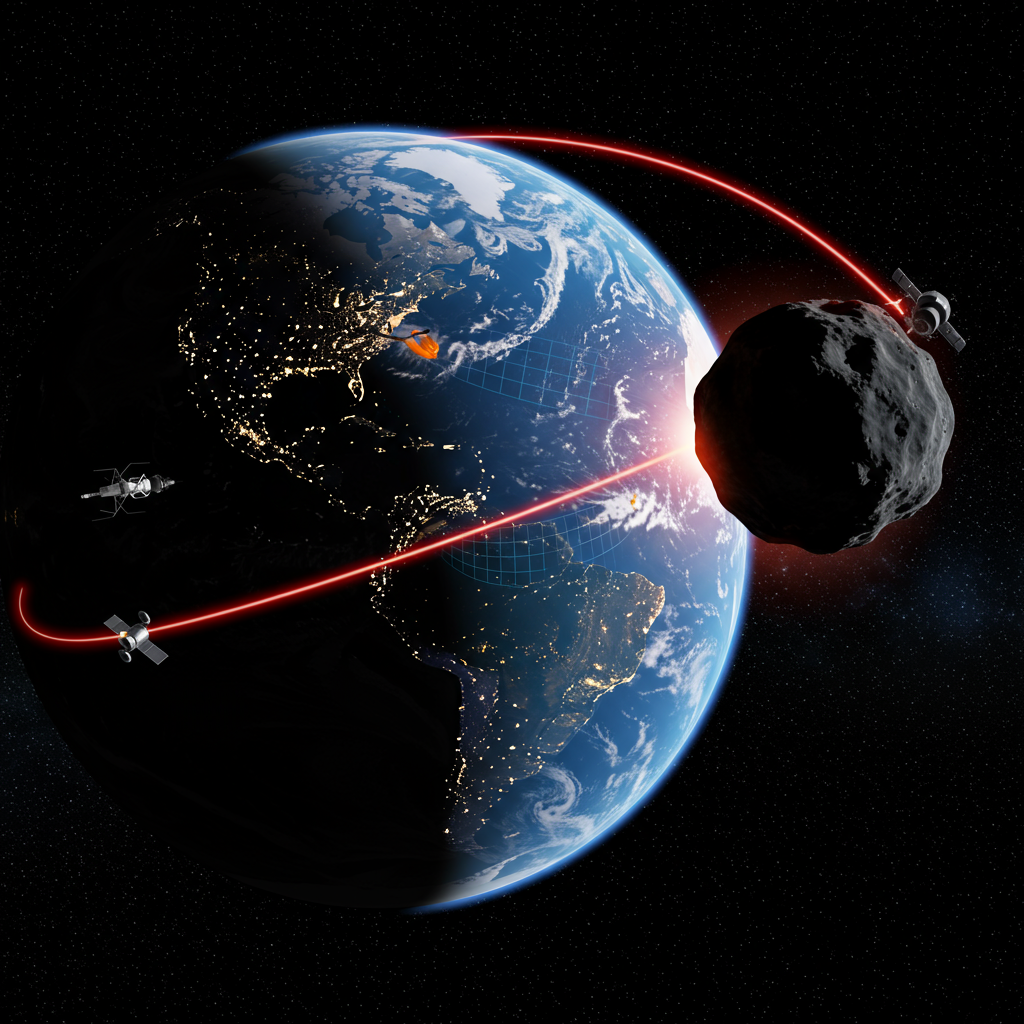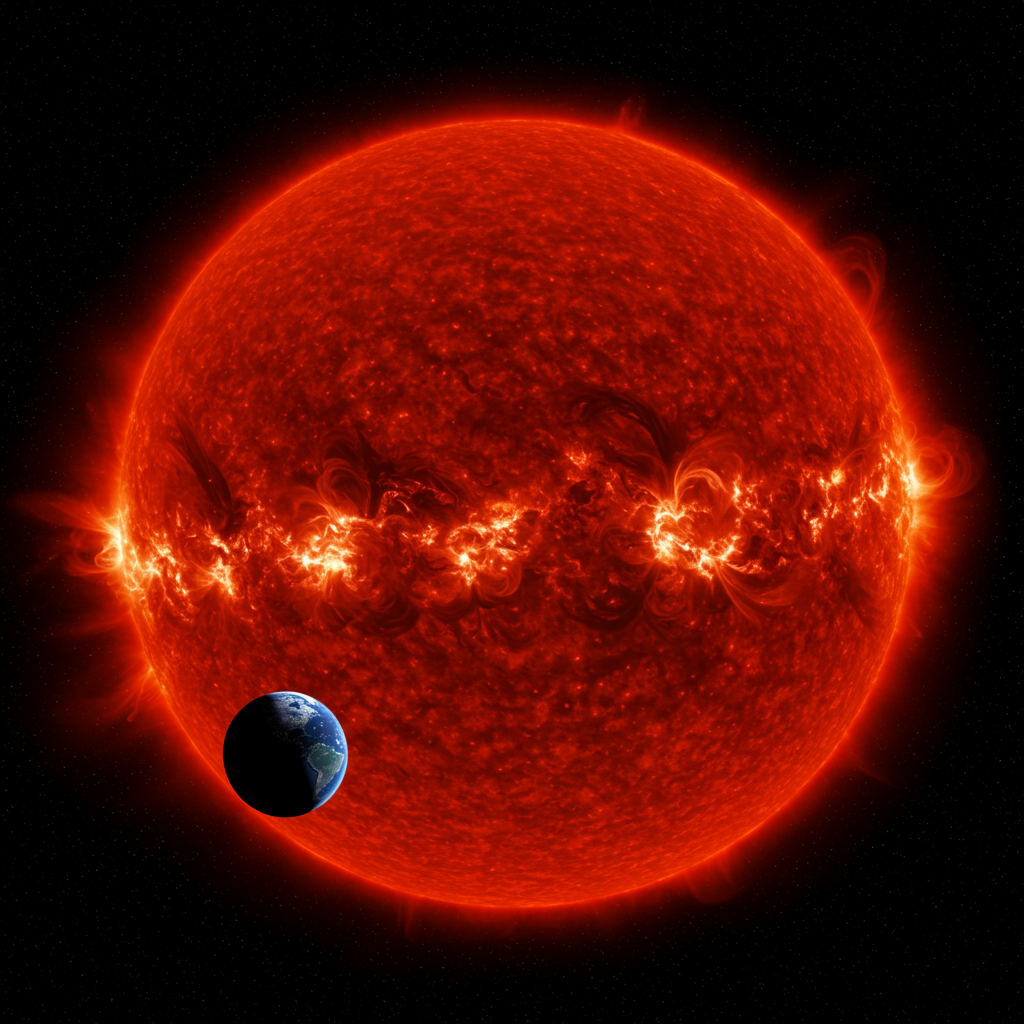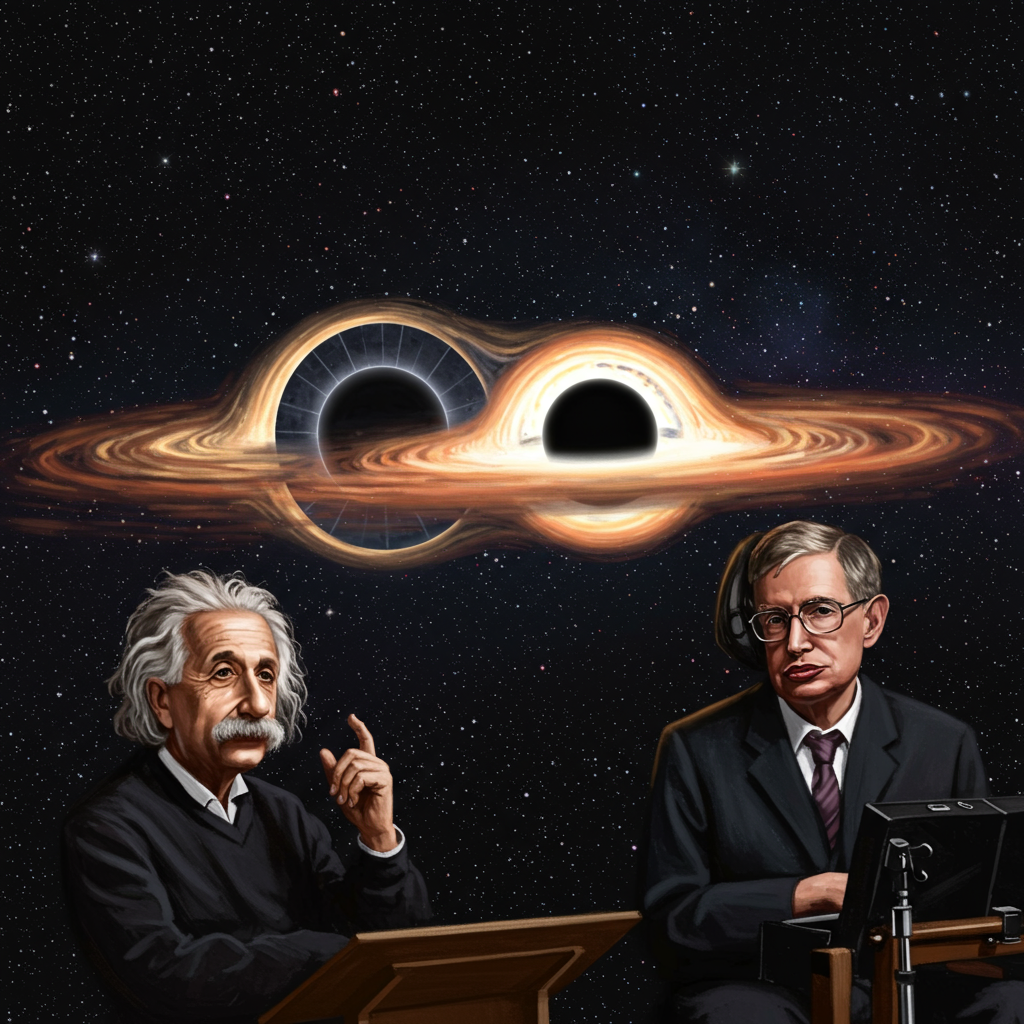Earth isn’t alone in the cosmos. Our planet constantly traverses a solar system filled with debris left over from its fiery birth. While most space rocks pose no threat, history and science confirm that occasionally, a significant one crosses our path. The devastating 1908 Tunguska event in Siberia, where an exploding asteroid flattened countless trees, serves as a stark reminder. More recently, the 2013 Chelyabinsk impact in Russia caused widespread injuries. These events highlight a critical need: understanding and defending Earth from potential asteroid collisions. This is the focus of World Asteroid Day, celebrated annually on June 30th to commemorate the Tunguska impact, and the burgeoning field of planetary defense. But asteroids are more than threats; they are cosmic time capsules holding secrets about our origins.
Earth’s Violent Past: The Impact Record
For centuries, scientists studied fossils, piecing together the history of life. Around 200 years ago, geologists recognized evidence of multiple mass extinctions that wiped out vast numbers of species. Early theories blamed terrestrial events. However, in recent decades, the focus shifted to extraterrestrial impacts as a major cause for some extinction events, notably the one 66 million years ago at the Cretaceous-Paleogene (K-Pg) boundary that ended the reign of the dinosaurs.
Geologist Walter Alvarez made a pivotal discovery in the 1960s. He found a thin layer of iridium-rich clay worldwide, precisely at the K-Pg boundary layer in the rock record. Iridium is exceptionally rare on Earth’s surface but common in asteroids. This global dust layer hinted at a massive impact scattering material across the planet. Confirmation arrived in 1978 when geophysicists Glen Penfield and Antonio Camargo identified the Chicxulub crater, a vast impact scar on the Yucatan Peninsula, whose age matched the K-Pg extinction. The evidence was clear: a giant asteroid impact had fundamentally altered Earth’s history.
Countless smaller craters dotting our planet’s surface provide further proof that Earth has weathered numerous impacts. While the early solar system was far more chaotic, significant objects still cross Earth’s orbit. As Kevin Schindler, resident historian at Lowell Observatory, notes, “there’s still stuff out there… And it’s inevitable that at some point that stuff will come back and get us again.” This understanding underscores the importance of finding and tracking near-Earth objects (NEOs).
Birth of Planetary Defense: From Detection to Deflection
Recognizing the potential threat spurred action. Starting in the 1980s and 1990s, the focus was primarily on identifying objects that could potentially impact Earth. This observational phase laid the groundwork for the next step: figuring out what to do if a dangerous object was found. While scientific work progressed, public awareness received an unexpected boost in 1998 from Hollywood.
Two blockbuster movies, “Deep Impact” and “Armageddon,” hit theaters, depicting humanity’s attempts to stop incoming space rocks. Although scientifically inaccurate in many ways, these films captured the public imagination and highlighted the potential danger. According to Schindler, they helped build enough awareness that lawmakers began allocating funds to study the threat and potential solutions. Hollywood, perhaps unintentionally, played a role in advancing the cause of planetary defense.
The initial cinematic idea of destroying an incoming object has largely been replaced by a more practical approach: deflection. Instead of breaking a large asteroid into multiple hazardous pieces, the goal is to gently nudge it off its collision course with Earth. This theoretical shift needed testing.
The DART Mission: A Historic First Step
Developing deflection technology became a key goal. Johns Hopkins University Applied Physics Laboratory (APL) has a long history in asteroid study, dating back to building NASA’s NEAR Shoemaker, the first spacecraft to orbit and land on an asteroid. Building on this expertise, APL led NASA’s Double Asteroid Redirection Test (DART) mission, the agency’s first dedicated planetary defense test.
Launched in 2021, DART’s objective was straightforward but groundbreaking: intentionally collide with a small asteroid moonlet, Dimorphos, which orbits a larger asteroid named Didymos. The impact occurred in September 2022, millions of miles from Earth. Using the DRACO instrument, the spacecraft navigated precisely to its target. Astronomers at Lowell Observatory and elsewhere meticulously measured Dimorphos’s orbit around Didymos before and after the impact.
The results were a resounding success. DART successfully altered Dimorphos’s orbital period, demonstrating that a kinetic impact—simply crashing into an asteroid—can change its trajectory. This was a carefully controlled test on a small, non-threatening object. As Schindler observed, “The biggest thing, I think, was that it is possible. This was a very controlled initial step.” The success is promising enough to warrant further testing on different sizes and compositions of asteroids, as they might react differently to an impact. DART proved deflection is not just science fiction; it’s a viable technique.
Beyond the Threat: Asteroids as Cosmic Fossils
While planetary defense focuses on mitigating risk, asteroids hold immense scientific value far beyond their potential threat. Most asteroids are essentially leftover building blocks from the solar system’s formation 4.6 billion years ago. Some are planetesimals that never grew large enough to form planets. Others are fragments from the violent collisions that shaped the early solar system, including the migration of gas giants like Jupiter.
Studying asteroid composition reveals clues about the raw materials present when the planets formed. Their orbital paths act like “footprints,” tracing the gravitational interactions and dynamic events that occurred billions of years ago. By analyzing these orbits, scientists can reconstruct the chaotic history of our cosmic neighborhood. These distant objects, like those in the Kuiper Belt far beyond Neptune, serve as cosmic fossils.
For example, the recent discovery of 2017 OF201, an Extreme Trans-Neptunian Object (ETNO) with a highly elongated orbit reaching 838 AU from the Sun, provides valuable data about the outer solar system’s formation and dynamics. Such discoveries, accelerated by future observatories like the Vera C. Rubin Observatory, also contribute to the ongoing search for the hypothesized “Planet Nine.”
Current and future missions highlight the scientific importance of asteroids. NASA’s Lucy mission is visiting multiple Trojan asteroids, which share Jupiter’s orbit, to study their diversity. The OSIRIS-APEX mission is heading to asteroid Apophis, which will pass very close to Earth in 2029 (but poses no impact threat). By studying asteroids in our own solar system, we gain context for understanding the myriad exoplanetary systems discovered around other stars.
The Future of Planetary Defense and Exploration
Planetary defense is an ongoing, collaborative effort involving organizations like NASA’s Planetary Defense Coordination Office (PDCO), the European Space Agency (ESA), the B612 Foundation, and even citizen astronomers using telescopes like Unistellar. Efforts include developing new detection capabilities, like the NEO Surveyor mission planned for 2028, which will find smaller, harder-to-spot NEOs. Regular interagency tabletop exercises simulate hypothetical impact scenarios to refine global response plans.
World Asteroid Day serves as a crucial annual reminder of both the potential risks from asteroids and their profound scientific value. It brings together scientists, astronauts, artists, and the public to raise awareness. The proximity of Lowell Observatory, where scientists study objects in space, to Meteor Crater in Arizona, a tangible result of an ancient impact, visually encapsulates this dual focus.
The threat of a major asteroid impact is real, though infrequent. The “dinosaur analogy”—that they lacked the technology we possess—underscores humanity’s responsibility to use its scientific capabilities to avoid a similar fate. Missions like DART demonstrate that defending our planet is achievable. Continued research, detection efforts, technological development, and global cooperation are essential to safeguarding Earth’s future and unlocking the ancient secrets held within these fascinating remnants of the early solar system.
Frequently Asked Questions
What is World Asteroid Day and why is it celebrated on June 30th?
World Asteroid Day is an annual global event celebrated on June 30th. It was co-founded in 2015 by Apollo astronaut Rusty Schweickart and astrophysicist Brian May of Queen. The date was specifically chosen to commemorate the 1908 Tunguska event in Siberia, the largest asteroid impact event in recorded history. The day aims to raise public awareness about the importance of asteroids, both for understanding the solar system’s history and for the critical need for planetary defense against potential impacts.
How did the DART mission demonstrate asteroid deflection is possible?
NASA’s Double Asteroid Redirection Test (DART) mission was the first full-scale test of asteroid deflection using kinetic impact. In September 2022, the DART spacecraft intentionally crashed into Dimorphos, a small moonlet orbiting the asteroid Didymos, at high speed. By carefully measuring Dimorphos’s orbit around Didymos before and after the collision, scientists confirmed that the impact successfully altered the moonlet’s trajectory and orbital period. This demonstrated that hitting an asteroid with a spacecraft can indeed change its path, validating kinetic impact as a viable planetary defense technique.
Why are asteroids important for understanding the solar system’s history?
Asteroids are often described as “cosmic fossils” because they are remnants from the very early days of our solar system’s formation, around 4.6 billion years ago. Many are undeveloped planetesimals or fragments from ancient collisions. Studying their chemical composition, physical properties, and orbital dynamics provides scientists with invaluable clues about the original materials present in the solar nebula, the conditions under which planets formed, the chaotic events like planetary migration that occurred early on, and the history of impacts. They offer direct insights into our solar system’s origins.




